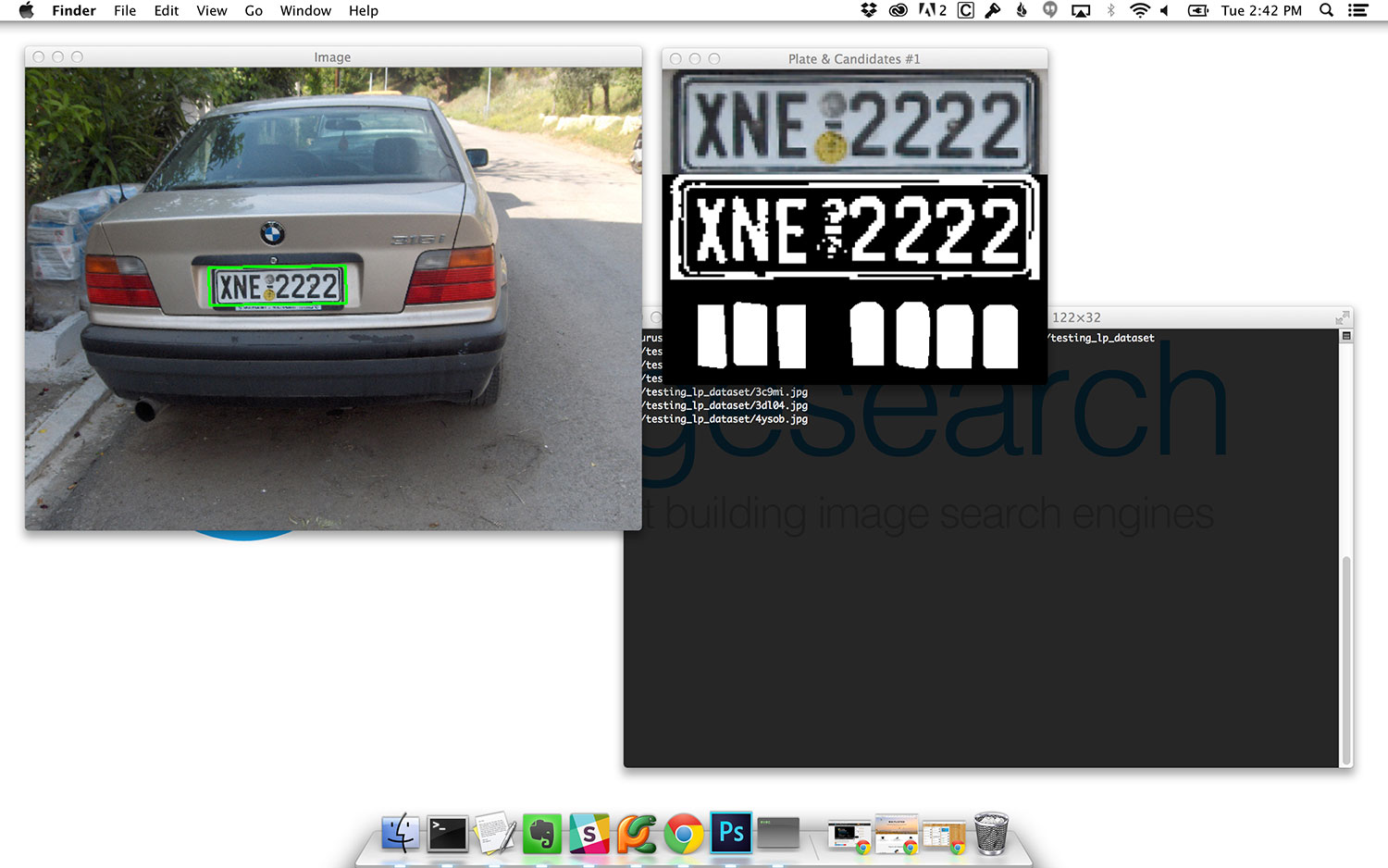I have a web site that allows users to upload images of cars and I would like to put a privacy filter in place to detect registration plates on the vehicle and blur them. The blurring is not a problem but is there a library or component (open source preferred) that will help with finding a licence within a photo? Caveats; • I know nothing is perfect and image recognition of this type will provide false positive and negatives.
Python & C Programming Projects for $10 - $250. The work involves. Automatic license plate recognition source code, license plate detection, license plate. Aug 28, 2017 - When an experiment with existing open source technology does a. I expected the open source license plate recognition to be pretty rubbish.
X-Men Origins: Wolverine is an action-adventure game published by Activision and was based on the movie of the same name. X men origins wolverine crack pc administrator problems. The game X-Men Origins: Wolverine was released with the release of the film on May 1, 2009 for the PlayStation 3, PlayStation 2, PlayStation Portable, Xbox 360, Microsoft Windows, Wii and Nintendo DS. X-Men Origins: Wolverine developed primarily by software Raven, who used Unreal engine technology for the development of the game.
• I appreciate that we could ask the user to select the area to blur and we will do this as well, but the question is specifically about finding that data programmatically; so answers such as 'get a person to check every image' is not helpful. • This software method is called 'Automatic Number Plate Recognition' in the UK but I cannot see any implementations of it as libraries.
• Any language is great although.Net is preferred. EDIT: I wrote a for this. As your objective is blurring (for privacy protection), you basically need a high detector as a first step. Here's how to go about doing this. The included code hints use OpenCV with Python. • Convert to Grayscale. • Apply Gaussian Blur.
Img = cv2.imread('input.jpg',1) img_gray = cv2.cvtColor(img, cv2.COLOR_BGR2GRAY) img_gray = cv2.GaussianBlur(img_gray, (5,5), 0) Let the input image be the following. • Apply Sobel Filter to detect vertical edges. • Threshold the resultant image using strict threshold or OTSU's binarization. Cv2.Sobel(image, -1, 1, 0) cv2.threshold() • Apply a Morphological Closing operation using suitable structuring element.

(I used 16x4 as structuring element) se = cv2.getStructuringElement(cv2.MORPH_RECT,(16,4)) cv2.morphologyEx(image, cv2.MORPH_CLOSE, se) Resultant Image after Step 5. • Find external contours of this image. Cv2.findContours(image, cv2.RETR_EXTERNAL, cv2.CHAIN_APPROX_NONE) • For each contour, find the minAreaRect() bounding it. • Select rectangles based on aspect ratio, minimum and maximum area, and angle with the horizontal.
